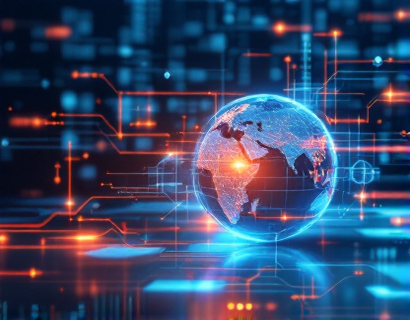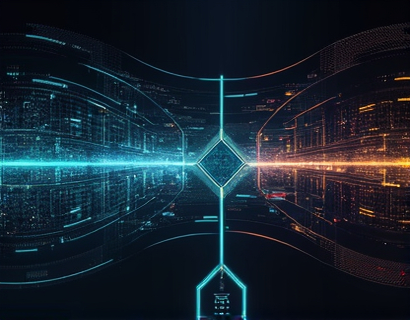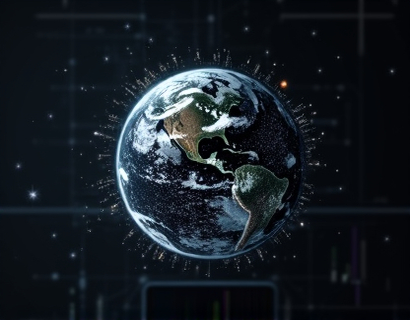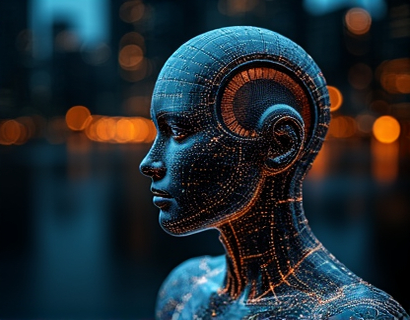Automated Document Translation: Revolutionizing Global Communication with AI-Powered Multilingual Solutions
In an increasingly globalized world, the need for efficient and accurate multilingual communication has become paramount. Businesses and individuals are constantly seeking ways to bridge language barriers to enhance collaboration, expand markets, and improve understanding across cultures. Automated document translation, powered by advanced AI technologies, has emerged as a revolutionary solution to this challenge. This article delves into the transformative impact of AI-driven document translation software, highlighting its capabilities, benefits, and the ways it is reshaping global communication.
The Rise of AI-Powered Document Translation
The evolution of translation technology has been remarkable, transitioning from rule-based systems to sophisticated AI models. Traditional methods relied heavily on predefined rules and dictionaries, often resulting in translations that lacked nuance and context. The advent of machine learning and deep learning has changed the landscape, enabling systems to learn from vast amounts of data and improve over time. AI-powered document translation leverages these advancements to provide more accurate, natural, and culturally sensitive translations.
How AI-Driven Translation Works
At the core of AI-driven document translation is a combination of natural language processing (NLP) and neural machine translation (NMT). NLP allows the system to understand and interpret the context, intent, and nuances of human language. NMT, on the other hand, uses neural networks to generate translations that are not only linguistically correct but also contextually appropriate. These technologies work together to analyze input text, break it down into manageable units, and generate translations that maintain the original meaning and tone.
Precision and Cultural Sensitivity
One of the most significant advantages of AI-powered translation is its ability to deliver precise and culturally sensitive translations. Traditional translation methods often struggle with idiomatic expressions, colloquialisms, and cultural references, leading to misinterpretations. AI systems, trained on extensive multilingual datasets, can recognize and appropriately translate such elements, ensuring that the translated text resonates with the target audience. This cultural sensitivity is crucial for maintaining the integrity of the original message and building trust in international communications.
Benefits for Businesses and Individuals
For businesses, AI-driven document translation offers numerous benefits. It streamlines workflows by automating the translation process, reducing the time and resources required for manual translation. This efficiency allows companies to quickly adapt to new markets, translate large volumes of documents, and maintain consistent communication across global teams. For individuals, the accessibility of high-quality translations empowers them to connect with people from different linguistic backgrounds, fostering personal and professional relationships that transcend language barriers.
Enhancing International Collaboration
The impact of AI-powered translation on international collaboration cannot be overstated. In a global business environment, the ability to communicate effectively in multiple languages is a competitive advantage. AI-driven translation tools facilitate seamless collaboration between teams located in different parts of the world, ensuring that all participants can contribute and understand each other without delays. This is particularly beneficial in industries such as technology, finance, and healthcare, where precise communication is critical.
Multilingual Document Management
Efficient multilingual document management is a challenge for many organizations. AI-powered translation software addresses this by providing a unified platform for managing documents in multiple languages. Users can upload, translate, and store documents in their preferred languages, all within a single interface. This not only simplifies document handling but also ensures that all versions of a document are accurately translated and up-to-date, reducing the risk of errors and miscommunications.
Challenges and Limitations
Despite its many advantages, AI-driven document translation is not without challenges. One of the primary concerns is the accuracy of translations, especially for complex or specialized content. While AI has made significant strides, certain domains such as legal, medical, and technical writing still require human oversight to ensure precision. Additionally, the quality of translation can vary based on the availability and quality of training data for specific language pairs. Continuous improvements in AI algorithms and datasets are necessary to address these limitations.
Future Prospects
The future of AI-powered document translation is promising. Advances in AI research, increased computational power, and the availability of larger datasets are driving continuous improvements in translation quality. The integration of AI with other technologies, such as augmented reality and voice recognition, is opening new possibilities for real-time translation and immersive communication experiences. As these technologies mature, we can expect even more seamless and natural multilingual interactions.
Case Studies and Success Stories
Several organizations have already reaped the benefits of AI-driven document translation. A multinational corporation, for instance, implemented an AI translation tool to manage its global operations. The tool enabled the company to translate thousands of documents daily, reducing translation time by 70% and improving the accuracy of communications. Another example is a non-profit organization that used AI translation to disseminate critical information to communities in different languages, enhancing their outreach and impact.
Best Practices for Implementing AI Translation
For businesses and individuals looking to leverage AI-driven translation, here are some best practices to consider:
- Start with a clear understanding of your translation needs and the types of documents you will be translating.
- Choose a reputable AI translation service that offers customization options for specific industries or domains.
- Regularly review and refine translations to ensure accuracy and cultural relevance.
- Integrate the translation tool into your existing workflows to maximize efficiency.
- Provide training to your team on how to use the translation tool effectively and interpret translations when necessary.
By following these practices, organizations can fully harness the potential of AI-driven translation to enhance their global communication and collaboration efforts.
Conclusion
AI-powered document translation is revolutionizing the way we communicate across languages and cultures. Its precision, cultural sensitivity, and efficiency make it an indispensable tool for businesses and individuals aiming to operate in a globalized world. As the technology continues to evolve, we can expect even more sophisticated and user-friendly solutions that further break down language barriers. Embracing AI-driven translation is not just about overcoming language challenges; it's about unlocking new opportunities for collaboration, innovation, and growth.










































